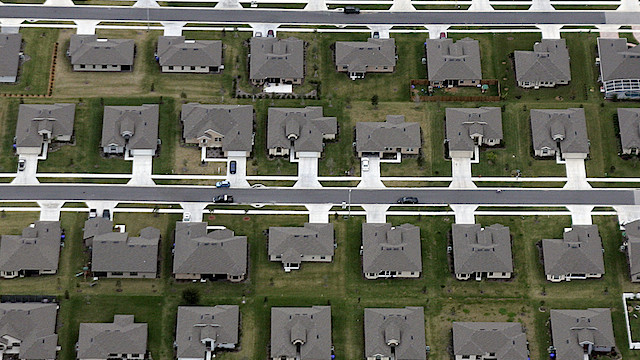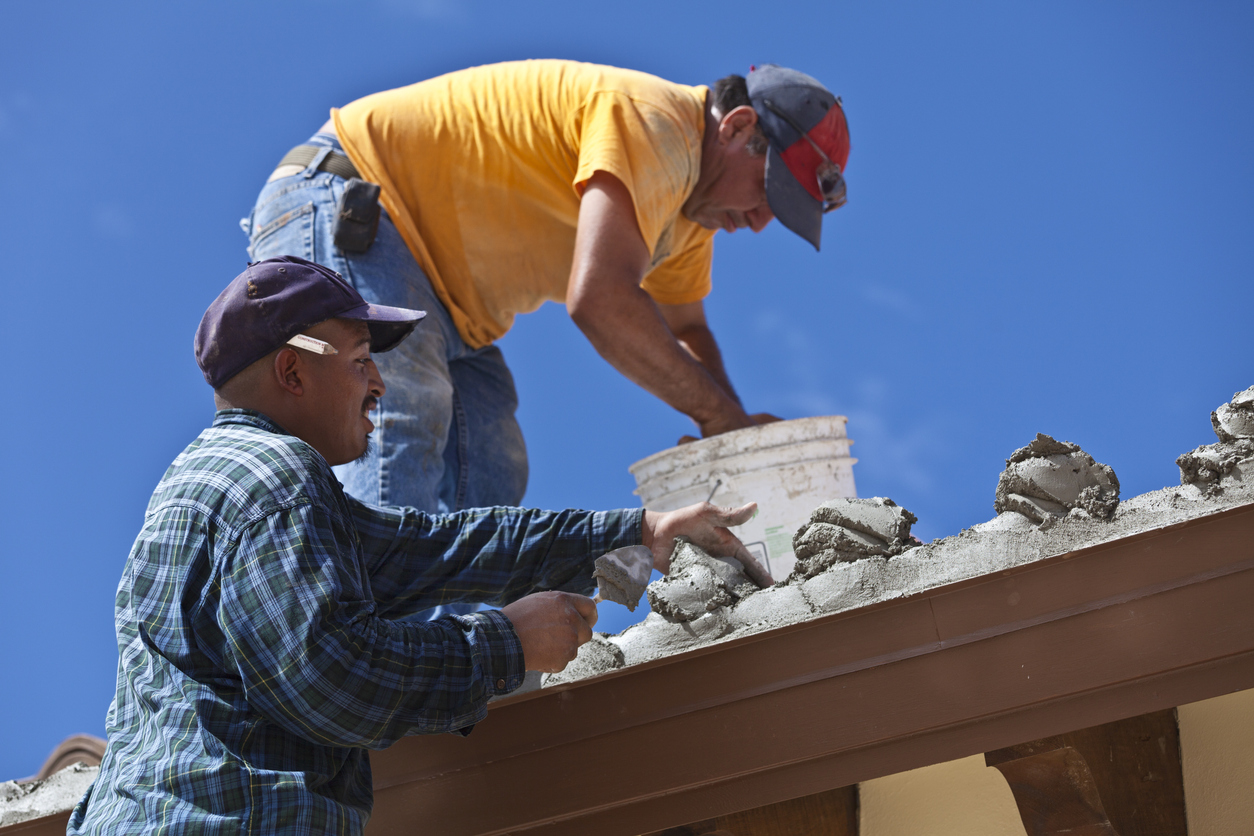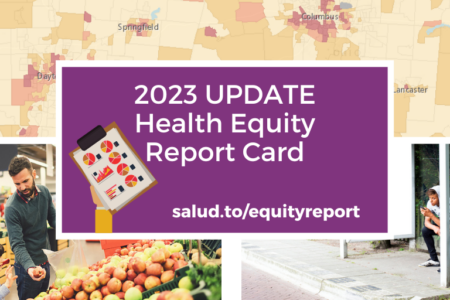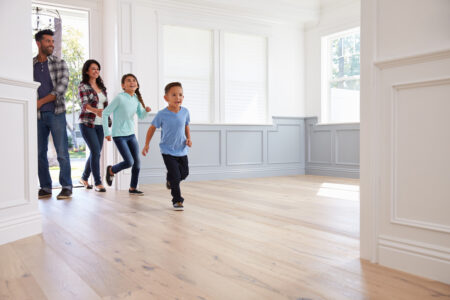
Share On Social!
Dallas families needs 20,000 affordable housing apartment or single-family units.
That kind of housing shortfall, which can make it hard for Latino and other low-income families to afford health care and other health-promoting assets, requires action from city leaders in a variety of ways.
Enter the Dallas Land Bank Program.
The program, halted two years ago, is back to provide “lots to builders in underdeveloped parts of town to boost the amount of housing for low to middle-income families,” according to Reform Austin.
“This is really a great way for the city to take unproductive land, put it back into production, and create affordable housing with this program all at one time,” David Drury, manager of the Dallas Land Bank Program, told cbsdfw.com.
How the Dallas Land Bank Program Works
The Land Bank Program includes vacant homes and properties seized for liens and taxes.
Program leaders sell these lots to developers for as low as $1,500. Developers build homes for about $150,000 to $180,000. Homes are sold to families of four earning about $77,000 a year, according to Reform Austin.
 For a parcel land to be eligible to the program:
For a parcel land to be eligible to the program:
- the market value of the property as specified in the judgment of foreclosure must be less than the total amount due under the judgment. This includes all taxes, penalties, and interest, plus the value of non-tax liens held by a taxing unit and awarded by the judgment, court costs, and the cost of the sale;
- the parcel of land must be not improved with a habitable building or buildings or an uninhabitable building or buildings that are occupied as a residence by an owner or tenant who is legally entitled to occupy the building or buildings; and
- the parcel of land must have delinquent taxes on the property for a total of at least five years as reported by Dallas County.
The city asks developers to fill out a form to disclose potential conflicts of interest. Home buyers are required to live in the houses for a certain amount of time, depending on the city’s level of investment.
Next Steps for the Dallas Land Bank Program
The program began about 10 years ago, but closed two years ago.
It is now running again. Each year, the Land Bank Program develops a plan for lot acquisition and sales. Dallas residents gave their feedback on the plan on Jan. 9, 2019.
In February 2019, city housing officials presented their plan to sell 51 lots in southern and West Dallas to five qualified developers—Dallas Neighborhood Alliance of Habitat, Confia Homes, Hedgestone Investments, Pad Enterprise and Marcer Construction—according to the Dallas Morning News.
then, in April, the Dallas Economic Development and Housing Committee OK’d plans to sell 30 vacant, tax-delinquent lots to a developer to build new, affordable single-family houses, cbsdfw.com reports.
Drury said the goal is to sell 200 lots to developers by Sept. 30, 2019.
“We expect momentum to pick up, particularly as developers learn how the process works,” David Noguera, the city’s housing director, told the Dallas Morning News.
Land Bank Programs & Affordable Housing Efforts
Many other areas also are using land banks.
Columbiana County, Ohio (1.9% Latino) has spent $2 million for its land bank program to tear down and rehabilitate dilapidated homes. Battle Creek, Mich. (6.5% Latino), is conducting a similar land bank program.
Land banks are just one of many emerging solutions to the affordable housing crisis.
Other examples include:
- Atlanta started a housing affordability action plan. They aim to connect low-income residents to affordable housing resources for home improvements, as well as helping prevent displacement.
- Oregon legislators are creating state-level changes, such as rent control and inclusive zoning.
- Dozens of cities are turning old, abandoned buildings into new affordable housing.
- Taxing empty apartment units and accessory dwelling units are other avenues.
- Local churches are also getting into the affordable housing mix.
These solutions are important because housing cost is linked to health and health care.
“Our health is inextricably linked to our home — whether it’s poorly designed or maintained housing, stress from having to move frequently, or illness that develops or goes untreated because of skipping care and treatment to make rent,” Brian Rahmer, Enterprise’s vice president of health and housing, told Curbed.
Check out more stories on affordable housing and read our research review on how housing, transportation, and green space affect health.
Explore More:
HousingBy The Numbers
56.9
percent
of Latinos are "housing cost burdened"



